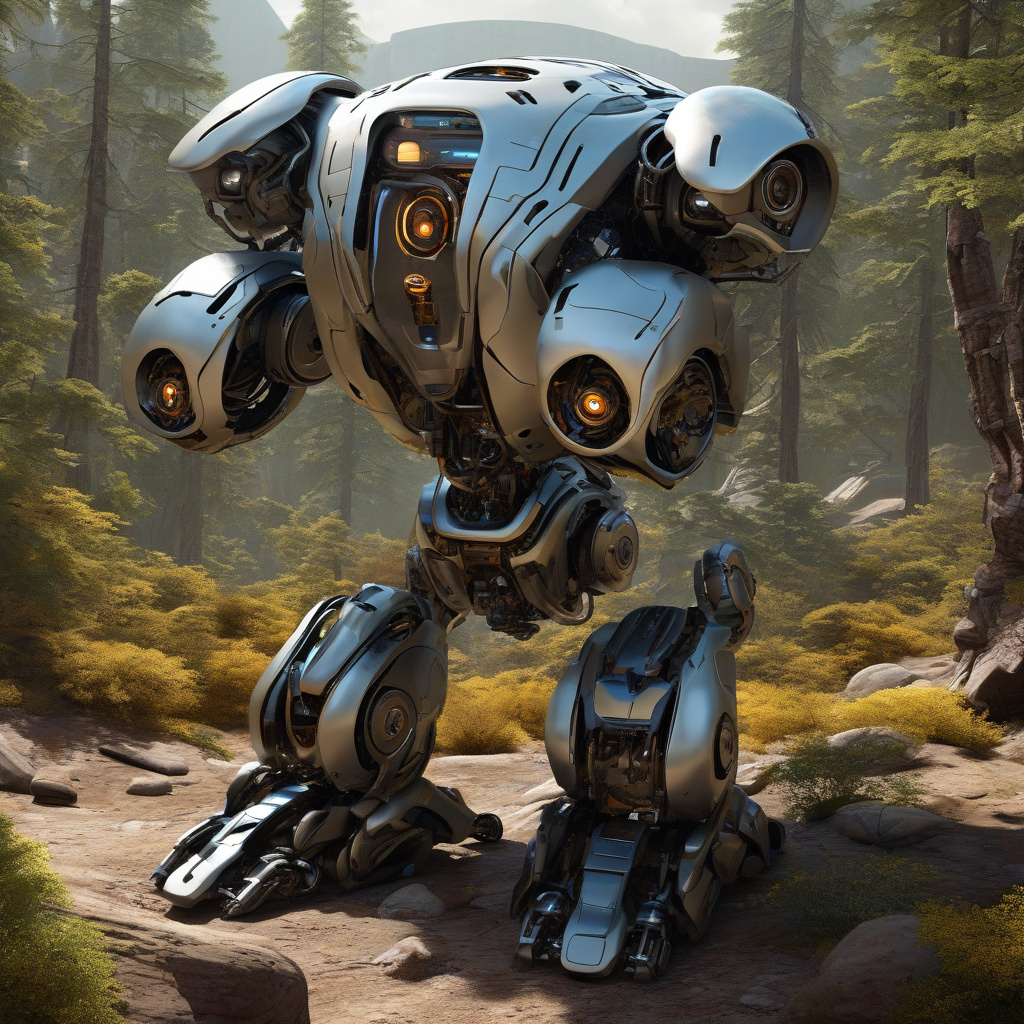US’ New Robots Can Snap Into Hundreds of Shapes, Easily Jump, Crawl on Tough Terrains
A new type of robots developed from thin sheets of material can execute a wide range of impressive maneuvers. These robots, created in the United States, have the remarkable ability to transform into hundreds of different shapes, enabling them to navigate challenging terrains with ease. With the capability to jump and crawl on rough surfaces, these innovative robots are set to revolutionize various industries.
The development of these versatile robots represents a significant advancement in the field of robotics. By harnessing the power of flexible materials, researchers have unlocked a new realm of possibilities for robotic design and functionality. Unlike traditional rigid robots, these new creations can adapt their shape to suit different environments, making them highly versatile and agile.
One of the key features of these robots is their ability to snap into various shapes on demand. This shape-shifting capability allows them to overcome obstacles and maneuver through complex spaces with precision. Whether they need to squeeze through tight spaces or expand their surface area for better stability, these robots can seamlessly adjust their configuration to meet the task at hand.
Furthermore, the jumping ability of these robots sets them apart from their conventional counterparts. By utilizing their flexible structure to store and release energy, they can achieve impressive heights with each jump. This capability is particularly useful for navigating uneven terrains or overcoming obstacles that would be challenging for traditional wheeled or tracked robots.
In addition to their shape-shifting and jumping capabilities, these robots excel at crawling on tough terrains. Their unique design allows them to maintain stability and traction on surfaces that would be problematic for other types of robots. Whether it’s rough terrain, steep inclines, or unpredictable obstacles, these robots can traverse such challenging environments with ease.
The potential applications of these innovative robots are vast and diverse. From search and rescue missions in disaster scenarios to exploration in hazardous environments, the agility and adaptability of these robots make them well-suited for a wide range of tasks. Additionally, industries such as construction, agriculture, and infrastructure maintenance could benefit greatly from the capabilities of these advanced robotic systems.
As technology continues to evolve, the development of these shape-shifting, jumping, and crawling robots represents a significant milestone in the field of robotics. By pushing the boundaries of what is possible with flexible materials and innovative design principles, researchers have paved the way for a new generation of robots that can navigate the world in ways previously unimaginable.
In conclusion, the introduction of these cutting-edge robots marks a new era in robotics technology. With their ability to snap into various shapes, jump to impressive heights, and crawl on challenging terrains, these robots are poised to make a lasting impact across industries. As we witness the continued advancement of robotic capabilities, the future looks promising for these versatile and agile creations.
robots, US, innovation, technology, agility












